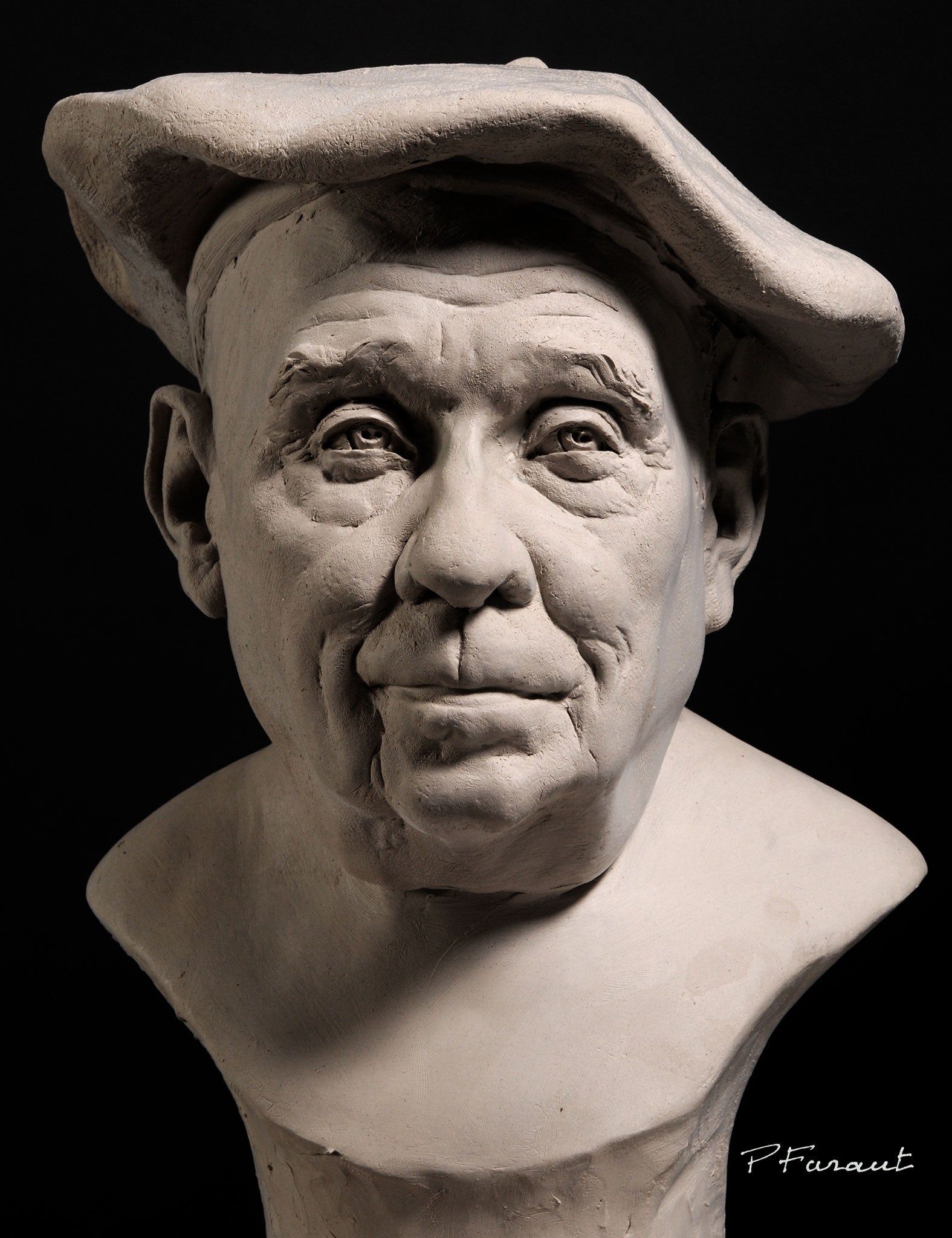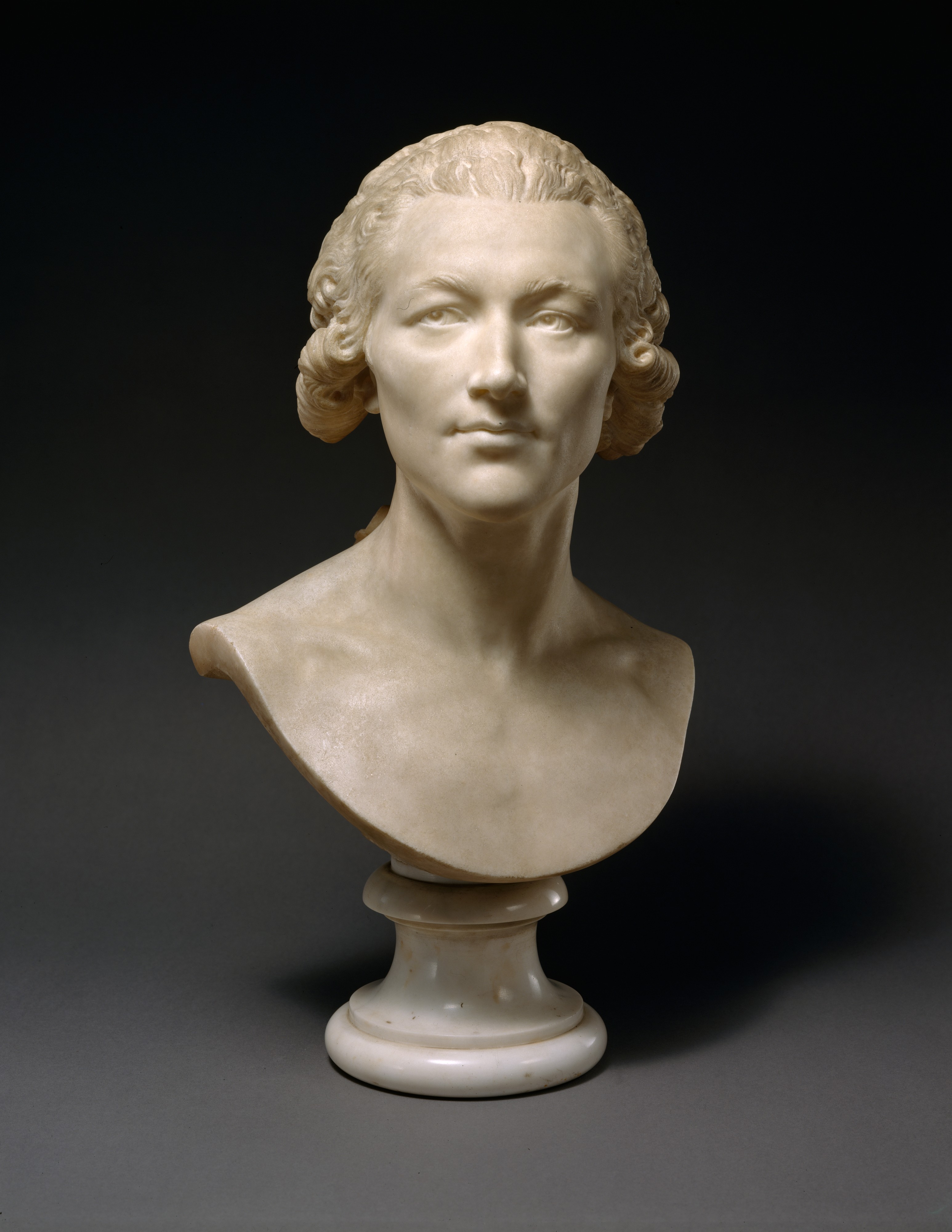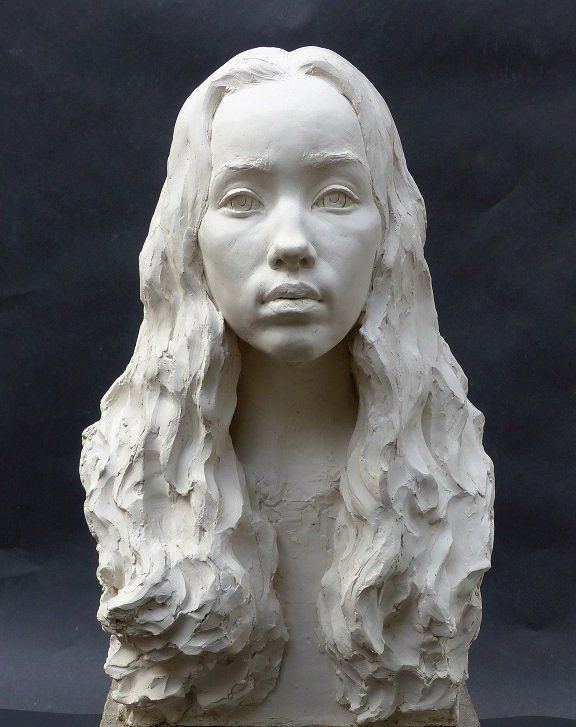The Development of Sculptures: From Ancient to Modern
The Evolution of Sculptures: From Ancient to Modern. Equine Sculptures.
Sculpture, one of the earliest types of art, has actually been an important part of human world for centuries. From the ancient worlds of Egypt and Greece to the modern-day age, sculptures have developed, reflecting changes in artistic techniques, materials, and social impacts. This journey with time traces the growth of sculptures, checking out the shifts in vogue, subject, and imaginative expression.
Starting with the old globe, sculptures crafted from rock and later bronze recorded the significance of deities, rulers, and daily life. The Renaissance duration saw a revival of classical sculpting techniques, as musicians looked for to emulate the graceful forms of ancient Greek and Roman sculptures (Robert C Hitchcock Sculptor). In the contemporary age, artists tested traditional borders, embracing abstraction and experimentation with brand-new products
This exploration will certainly dive into the varied advancement of sculptures, exposing the abundant tapestry of artistic expression throughout different durations and cultures.

Old Sculptures: From Rock to Bronze
Old sculptures transitioned from being sculpted out of stone to being cast in bronze. Stone sculptures, while outstanding in their own right, were limited by the nature of the product. Portrait Sculptor.
The intro of bronze as a tool for sculptures produced a revolution in artistic expression. Bronze supplied sculptors the opportunity to create detailed and natural forms that were not possible with rock. The process of casting bronze enabled the creation of multiple duplicates of a sculpture, enabling bigger distribution and preservation of these artistic masterpieces.
The change from stone to bronze likewise saw a change in the topic of sculptures. While stone sculptures mostly illustrated gods, goddesses, and mythological figures, bronze sculptures began to show a broader variety of subjects, including day-to-day individuals and pets. This development of subject showcased the convenience and versatility of the bronze medium.
Renaissance Revival: Forming in the Classical Design
The Renaissance rebirth of sculpture observed a revival in the classic style, building upon the improvements made throughout the change from stone to bronze in old sculptures. During this duration, musicians looked for to recreate the classic visual and suitables of appeal that prevailed in old Greek and Roman sculptures.
One of the essential qualities of the Renaissance rebirth was the focus on naturalism and the human form. Sculptors like Donatello and Michelangelo make every effort to catch the physiological information and expressions of their topics with unmatched accuracy. They studied the human body and integrated their observations right into their sculptures, leading to reasonable and natural representations.
An additional important element of the Renaissance rebirth was the exploration of point of view and deepness. Artists made use of methods such as contrapposto, where the weight of the body is changed away, developing a sense of motion and dynamism. They likewise trying out different products, consisting of marble and bronze, to accomplish a level of class and complexity in their sculptures.

Innovation and the Avant-Garde: Breaking Standard Borders
Throughout the Innovation and Avant-Garde activities, sculptors pushed the boundaries of standard creative conventions. This period, which emerged in the late 19th and very early 20th centuries, saw a significant change in the method musicians came close to sculpture. Turning down the idea of art as plain imitation, modernist carvers sought to explore brand-new kinds, products, and principles.
Among the key attributes of modernist sculpture was the emphasis on abstraction. Artists moved far from realistic representations and instead concentrated on catching the essence of the topic home through simplified kinds and geometric forms. This departure from standard representation enabled musicians to share their feelings and ideas in a much more individual and subjective way.

Contemporary Sculptures: Checking Out New Materials and Concepts
With a focus on checking out new products and principles, modern sculptures have actually transformed the field of art. Artists today are pressing the boundaries of conventional sculpture by making use of innovative products and experimenting with abstract ideas. These sculptures challenge conventional ideas of materiality, type, and significance, welcoming customers to take part in a thought-provoking and brand-new imaginative experience.
Contemporary carvers are embracing a wide variety of products, including plastic, glass, metal, and even raw material. They are not restricted to the typical medium of rock or clay, allowing for higher freedom of speech and experimentation. This shift in the direction of non-traditional materials has actually opened brand-new opportunities for musicians to develop sculptures that are dynamic, interactive, and visually striking.
Along with discovering new materials, modern sculptures also explore complicated and abstract concepts. Musicians are currently exploring themes such as identification, social problems, and the atmosphere, making use of sculpture as a powerful tool for social commentary and introspection. These sculptures test audiences to assume critically and involve with art on a much deeper level, sparking discussions and provoking emotional responses.
Worldwide Influences: Sculptural Practices From Around The Globe
Sculptural customs from various areas of the globe have actually considerably formed the advancement of sculptures throughout history. The worldwide influences on sculpture have varied and have actually added to the richness and variety of artistic expressions. From the old civilizations of Egypt, Greece, and Rome to the detailed carvings of Oriental societies, each region has developed its special sculptural customs that have influenced artists throughout time.
In ancient Egypt, sculptures were created mostly for spiritual and funerary objectives. The legendary sculptures of gods and pharaohs, such as the Great Sphinx and the bust of Queen Nefertiti, showcase the Egyptians' proficiency of rock carving and their idea in the afterlife.

In old Rome, sculpture offered both artistic and political objectives. Roman sculptures commonly illustrated emperors, generals, and mythological figures, showing the power and majesty of the empire. The marble statue of Augustus of Prima Porta and the monumental Arch of Constantine are notable examples of Roman sculptural success.
Eastern sculptural practices, particularly in India, China, and Japan, have additionally had a profound influence on the evolution of sculptures. Indian sculptures, such as the intricately carved temples of Khajuraho and the enormous statues of Buddha, display an abundant combination of spiritual, mythical, and architectural aspects. Chinese sculptures, characterized by their fine craftsmanship and interest to detail, typically represent deities, pets, and fabulous numbers. Japanese sculptures, influenced by Buddhism, emphasize simpleness and peace, seen in the calm statuaries of Buddha and the elegant art of bonsai.
The worldwide impacts on sculpture remain to evolve in the contemporary period. Artists today attract ideas from different sculptural customs, integrating brand-new products, strategies, and concepts to produce ingenious and thought-provoking art work. The blend of different social influences has actually generated a dynamic and diverse sculptural landscape, mirroring the interconnectedness of our worldwide culture. As we aim to the future, it is specific that the global influences on sculpture will proceed to shape and redefine this ancient art kind.
Verdict
In verdict, the advancement of sculptures has actually seen a change from old stone and bronze works to the classic rebirth during the Renaissance. Today, modern sculptures explore brand-new products and principles, while likewise drawing motivation from worldwide sculptural customs.
From the old civilizations of Egypt and Greece to the modern-day era, sculptures have advanced, mirroring changes in imaginative strategies, materials, and cultural impacts.Starting with the old world, sculptures crafted from stone and later bronze captured the significance of deities, rulers, and everyday life.Old sculptures transitioned from being carved out of stone to being cast in bronze. While stone sculptures mostly illustrated gods, goddesses, and mythical numbers, bronze sculptures started to mirror a broader range of topics, consisting of daily people and pets.In conclusion, the evolution of sculptures has seen a shift from ancient stone and bronze works to the classic rebirth throughout the Renaissance.